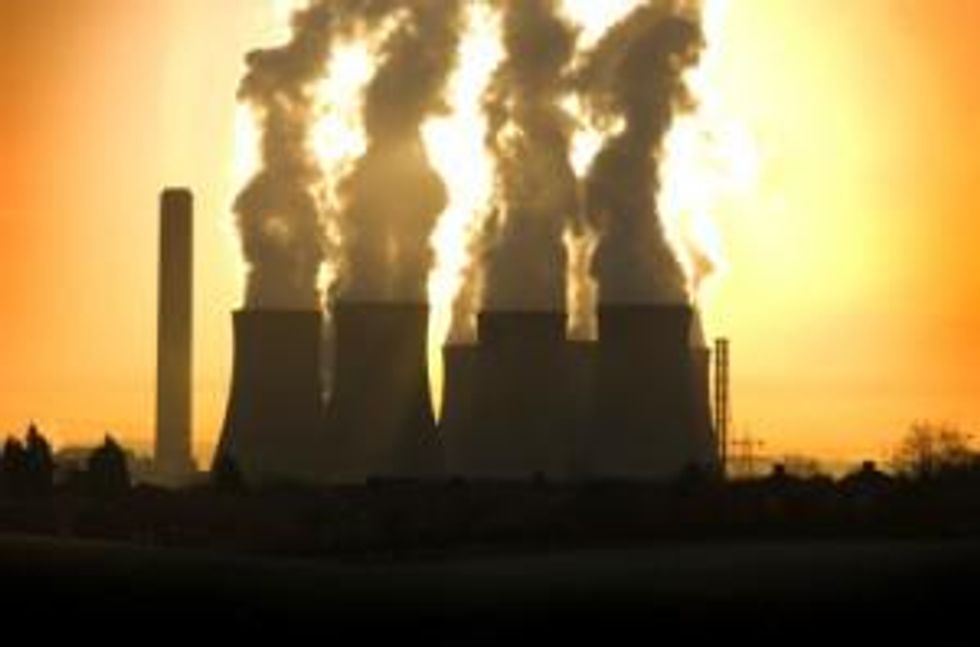The recently passed Carbon Capture and Storage (CCS) technology bill in Germany is a small victory in the bigger battle to make ‘clean coal’ a reality.
The recent passing of a carbon capture and storage (CCS) technology bill by the Bundestag (German Parliament) should be seen as a small victory in the battle to make CCS technology and ‘clean coal’ a reality. However, numerous political and economic barriers continue to persist, around the commercialization of CCS and raise the question as to whether CCS and clean coal are a pipe dream rather than an end-of-pipe solution.
In early July, the Bundestag approved a bill allowing demonstration projects at carbon-emitting power plants until 2016 to pump CO2 emissions underground. Despite the political success in passing the overdue legislation, numerous challenges face the expansion and adoption of CCS technology and clean coal in Germany.
Political issues
While the CCS technology has been in place in Germany since mid-2008 (with the Swedish energy company Vattenfall boasting the world’s first CCS pilot plant with its 30MW Schwarze Pumpe), the trenchant concerns of local residents over the potential risks of liquefying and rerouting carbon dioxide emissions from nearby coal plants into underground reservoirs continues to dog the progress of similar pilot projects.
Despite the efforts of federal-level administrators to bring the technology online, an opt-out option for states added to the bill in April will likely greatly reduce the effectiveness of the CCS bill, critics argue. This is particularly challenging as the most vociferous citizens on the risk of CO2 leaking into nearby communities and pooling in valleys are located in some of the most geologically suitable sites in Germany – the North German Basin states of Schleswig-Holstein and Lower Saxony.
While federally supported as a carbon management solution, CCS remains far from a perfected technology. As of yet, only small leaks have occurred with similar sub-ocean storage projects. Pilot projects like Vattenfall’s Schwarze Pumpe project are intended to work out these bugs before rolling out the technology in a 250-300 MW electricity demonstration plant later this decade.
Economic issues
The long-term project length and extensive capital costs also make profitable CCS projects a long way off. Cost effective projects require extensive infrastructure investments and constant streams of CO2 in order to push through entry costs associated with initial projects. The same Vattenfall demonstration project carries a €1.5 billion price tag, and is set to receive €180 million of that from European Union subsidies, but can offer few guarantees in ensuring access to their most crucial asset, carbon, unless the political support is there.
Other CCS projects, like American Electric Power’s (NYSE:AEP) US$668 million dollar coal-fired plant in West Virginia, have collapsed under these intense financial barriers of entry into today’s politically sensitive energy markets.
Beyond political economic issues, the scale of the infrastructure required and the time needed to bring the extensive infrastructure online make these projects a long-shot for effective carbon management strategies and a long-play for investors looking to support these energy companies.
Other carbon management options
Investment support for CCS technology deployment is also impacted by a range of other carbon management options. Efforts to bring renewables wind, especially in the north of Germany, solar or biofuels more fully into commercial markets are also currently attractive energy plays and may end up directing investors’ attention away from end-of-pipe clean-coal solutions like CCS.
On the other hand, nuclear energy remains an unknown in Germany after the Fukushima meltdown disaster, as citizen calls prompted the country to shut down nearly one-third of its total nuclear capacity, leaving coal and gas to make up the deficit.
European carbon credits will also play a role in CCS process. Currently European carbon allowances were trading below €12/MT for the December 2012 contract, its lowest level in over two years. The result has led to German coal-fired power plant profit margins for next year electricity generation being their highest level in over a year, thanks in great part to declining emissions prices.
Platts data for the German year-ahead clean dark spread for coal-fired plants—the theoretical gross income made by 35 percent efficient coal-fired power plants after accounting for the cost of coal and carbon credits—stood at €9.32/MWh, above last year’s €6.58/MWh.
Pipe dream?
The fact that the price of coal in Europe is around $128/MT this week, more than 25 percent higher than last year, stands as a testament to the strong demand for coal-fired electricity despite efforts to rein in carbon emissions.
Despite the current political challenges, it is likely CCS will figure into long-term German carbon solutions. Nevertheless, it is important to remember that as of yet, a commercial-scale facility for capturing and burying carbon dioxide from a power plant has not yet been built.
In the end it comes down to political support in order to make this a pliable option. Maria Lidzell, a spokeswoman for Vattenfall said that “We’re doing everything we can to develop CCS but the future of the technology now lies in the hands of national politics.”
Disclosure: I, James Wellstead, hold no direct investment interest in any company mentioned in this article.
